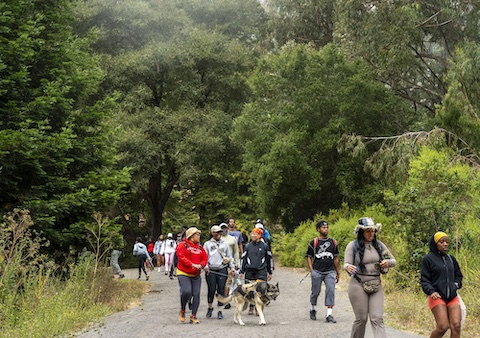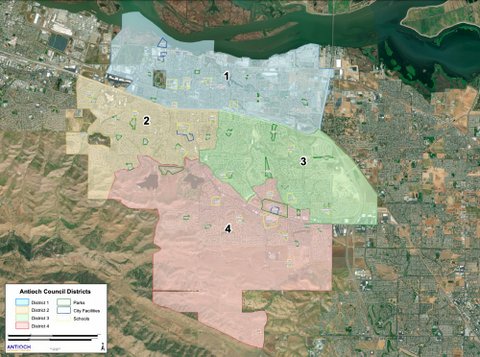
26 Oct Antioch Kicks Off General Plan Update Process

“Day by day, radical changes are happening. Radical. We have to have a document that has flexibility,” said Antioch City Council member Don Freitas, center, referring to the general plan. He is flanked by council member Tamisha Torres-Walker and Planning Commission Chair Seth Webber. (Screenshot captured by Samantha Kennedy / The CC Pulse)
By Samantha Kennedy
Antioch officials are kicking off a two-year process that will revamp the city’s “blueprint” for decisions around development, transportation and public services.
The process is the beginning of the General Plan that guides the city to what it envisions itself to be in the coming years. The document is legally required under state law and was last updated in 2003.
During a special meeting Tuesday, the Antioch City Council and the Planning Commission stressed the importance of economic development and areas that need attention while being mindful of its budget deficit and changing technology.
The city still faces a more than $40 million projected deficit over the next several years after already making cuts earlier this year that included reducing service to the Angelo Quinto Community Response Team. At the same time, the city has to reckon with changes to Bay Area life due to technology and mass layoffs.
“We are in the 21st century. Day by day, radical changes are happening. Radical,” said council member Don Freitas. “We have to have a document that has flexibility.”
Officials signaled that, like their predecessors wanted in the last update, they want to break free from being a so-called bedroom community. That means bringing in businesses that are more than just retail but experience-based and that provide an option for people to spend their time in the city.
“Gen Z is our target audience, so we need to be focusing on who we’re developing for,” said Commissioner Cortney Jones, pointing to things like escape rooms and rage rooms.
Mayor Pro Tem Louie Rocha said he wanted to avoid rapid development while companies were closing, like in the 1970s and 1980s. He pointed to the closures of a steel fabrication plant and a recycling facility.
Officials said it was important to figure out the city’s workforce background and what strengths the city has in terms of current or future industries. Commissioner Kevin Riley said residents’ backgrounds seemed to be solidly compatible with “blue-collar jobs.”
“We could build that industry off Wilbur Avenue,” said Riley.
Council member Tamisha Torres-Walker agreed with focusing on the Wilbur Avenue area, which is more industrial than the rest of the city, and around the waterfront and marina.
But to make Antioch a destination in the Bay Area, Freitas said there should also be a focus on what it looks like when you enter the city.
“When you leave the city of Martinez and you’re on Alhambra and you take a left to come to Antioch, they have beautiful murals about their history,” said Freitas. “It’s part of economic development. It’s part of quality of life.”
Transportation too needed to be taken into consideration, he said.
“Water, rail and new technology are where we need to focus geographically for quality of life issues and jobs,” said Freitas.
Last year, the Water Emergency Transportation Agency named Antioch as one of the cities — alongside Pittsburg and Martinez — that could get a ferry terminal over the next 25 years.
The fate of the city’s Amtrak station, which is located downtown and has been slated for closure to instead open a stop in Oakley, is also still up in the air. In April, council members approved additional funding to improve the station despite no decision being made on reversing the decommissioning.
As part of the general plan process, officials opted to create an advisory committee that will give consistent feedback on the plan during public meetings. The body will be made up of two council members, two planning commissioners, and residents.
Consultants will also host two visioning sessions that are open to the public to give feedback on what they’d like to see in the plan. Another six to eight pop-ups will happen at events throughout the city, where residents can give input in a less formal setting.
Two community workshops will also be hosted later in the land use alternatives part of the process, which is planned to happen next October.
Polls and surveys will also go out to the community.






No Comments